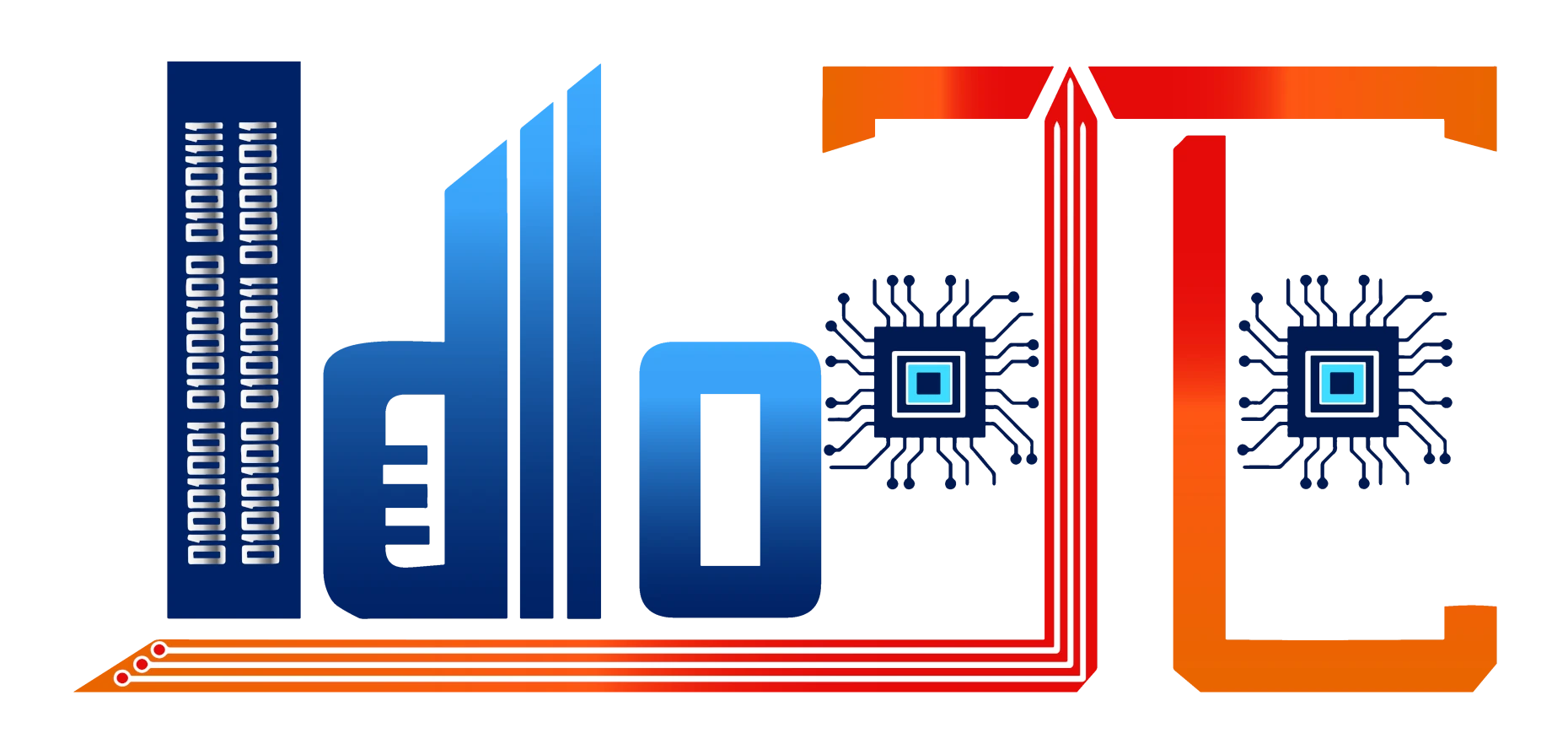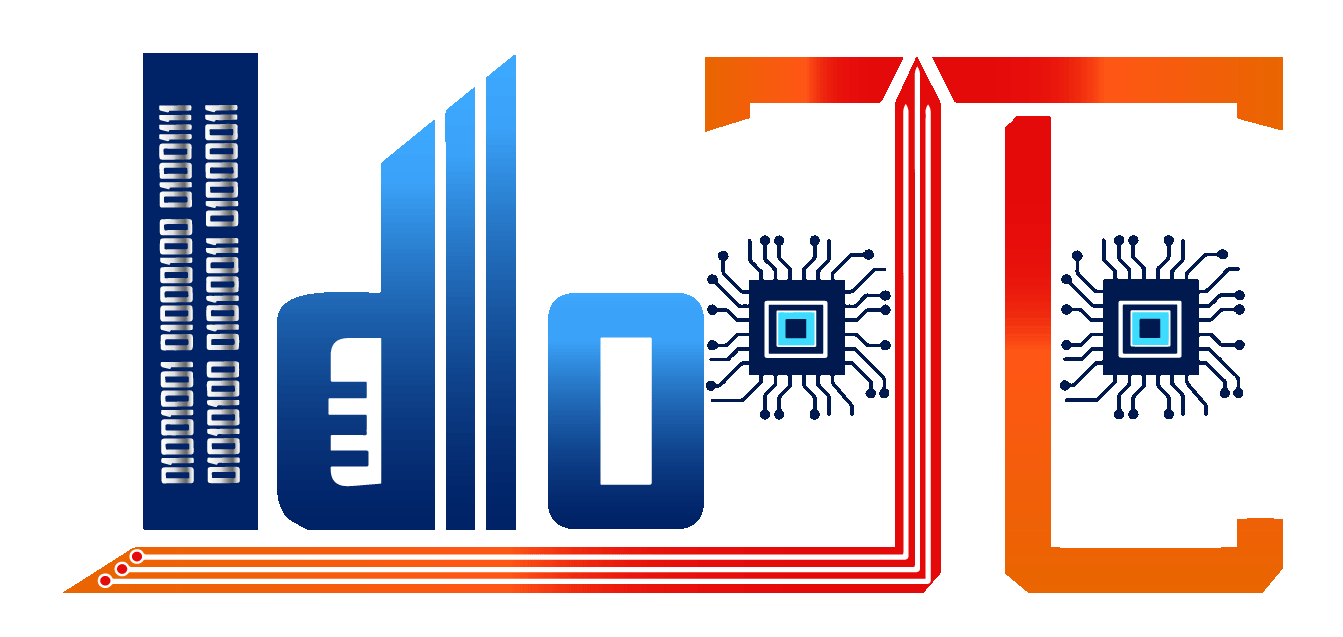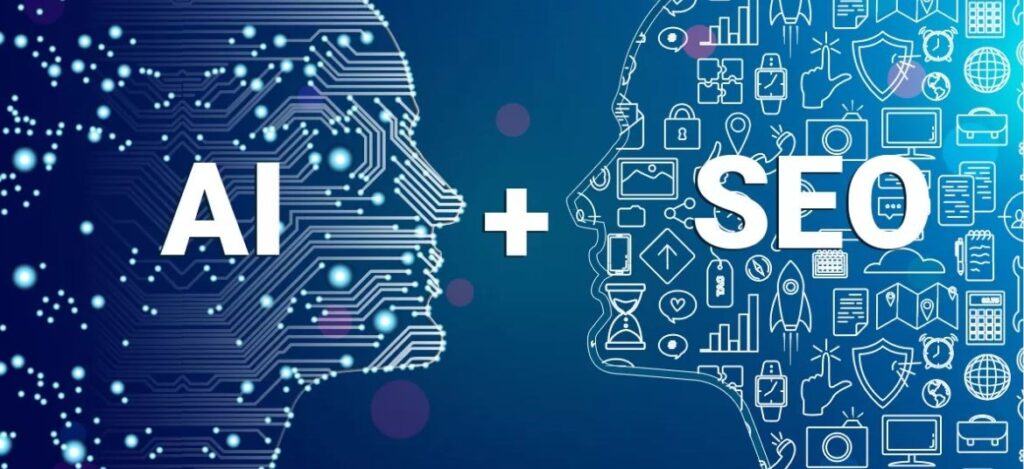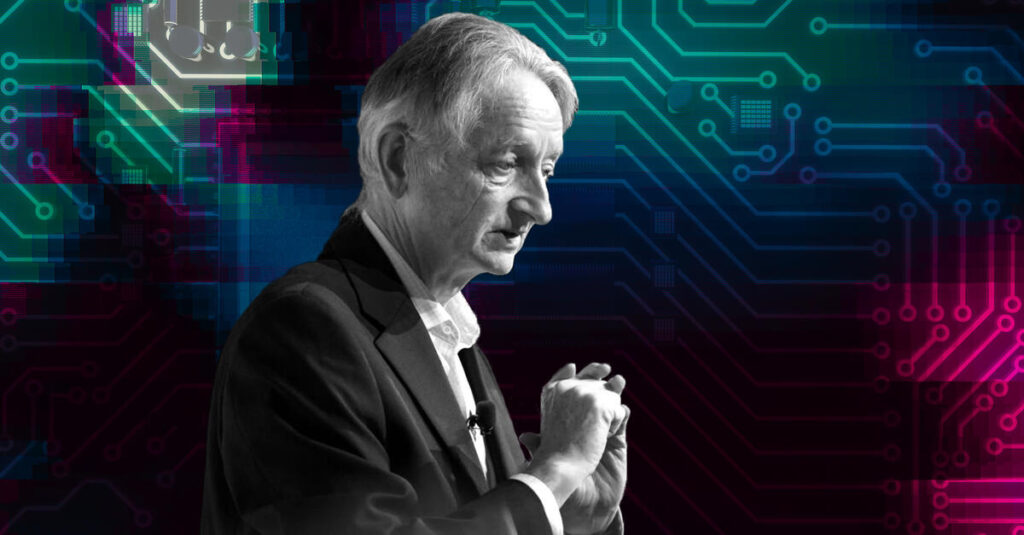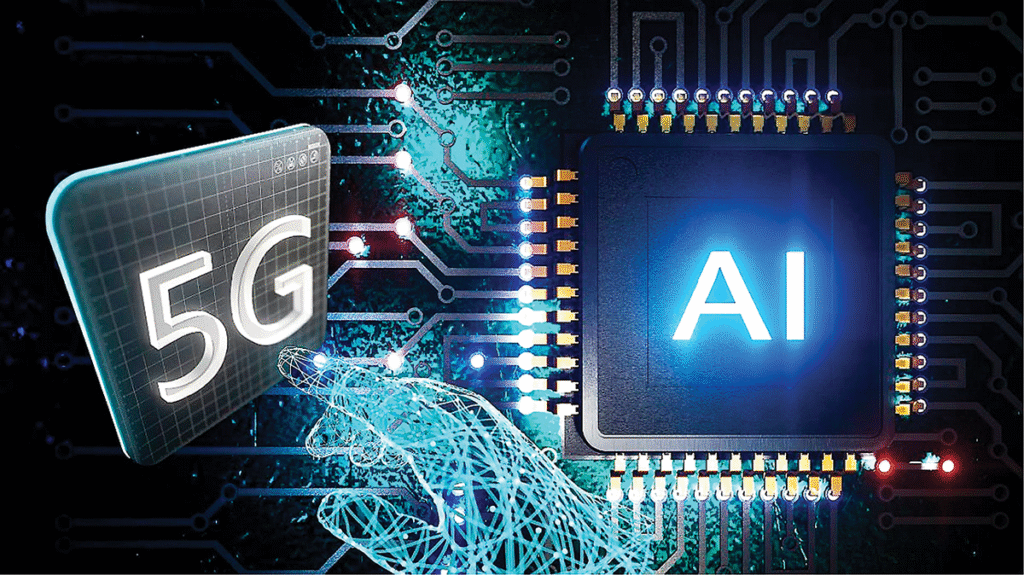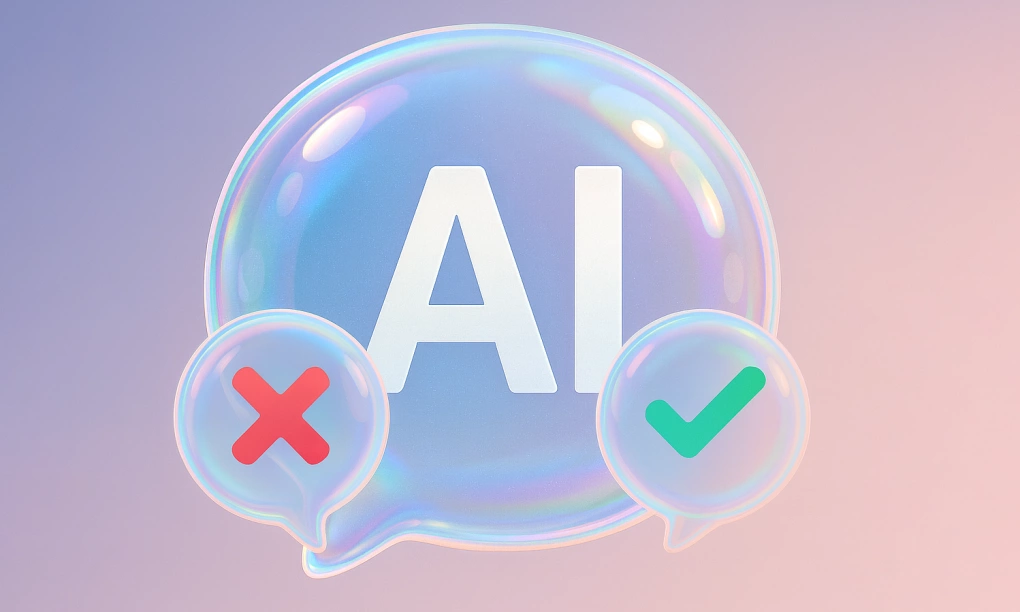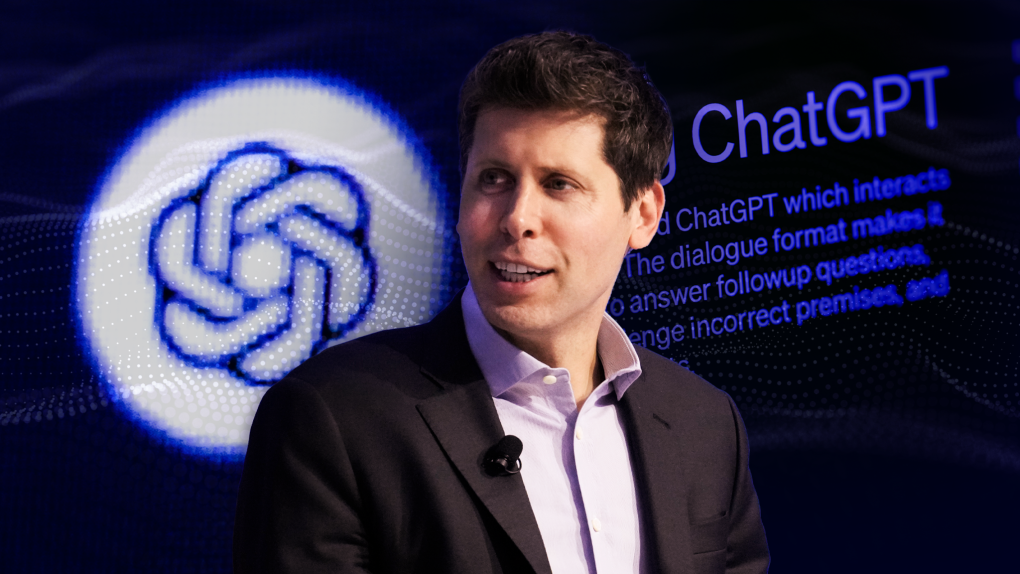User habits change when someone appears

The emergence and development of artificial intelligence (AI) have profoundly changed user habits across various fields, from learning and work to entertainment and shopping. Here is a detailed analysis based on the key aspects:
Mindset and Information Approach
Before AI became popular:
- Users primarily searched for information manually (via Google, books, forums).
- They had to analyze and synthesize information from multiple sources themselves.
With the advent of AI:
- Users have shifted to asking AI directly (like ChatGPT, Gemini, Copilot, etc.).
- Instead of searching, they request that AI synthesize, explain, and personalize information according to their needs.
- There’s been a sharp increase in the trend of fast learning, summarized learning, and personalized, contextual learning.
- Impact: This accelerates information processing but can reduce source verification and critical thinking skills if users become overly dependent.
Changes in the Workplace
Before AI:
- Manual, repetitive tasks like data entry, report generation, and translation were time-consuming.
- Workflows had little automation.
With the advent of AI:
- AI is integrated into workflows (Google Workspace, Microsoft 365, Notion AI, etc.).
- There’s a significant increase in working with AI-assisted tools for tasks like drafting text, writing emails, and brainstorming.
- Impact: This boosts productivity and saves time. However, it also demands skills in collaborating with and verifying the output of AI.
Entertainment and Content Personalization
Before AI:
- Users actively chose their content (movies, music, books, games, etc.).
- Recommendation capabilities were simpler, based on behavioral history.
With the advent of AI:
- Personalization is deeper: Spotify, Netflix, and YouTube use AI to recommend content based on emotions, context, and time of day.
- AI is used for content creation (videos, images, short stories, music, etc.).
- Impact: This offers more “on-demand” entertainment but makes it easy to get stuck in “recommendation loops,” which can be addictive or limit new experiences.
Consumer Behavior and Shopping
Before AI:
- Users independently researched products, read reviews, and compared prices.
With the advent of AI:
- AI chatbots provide shopping advice and predict needs.
- Shopping occurs through voice AI (Alexa, Google Assistant) or AI recommendation engines.
- Impact: This leads to faster purchasing decisions and personalized shopping experiences. However, users can be easily “guided” without careful consideration.
Learning and Personal Skills
Before AI:
- Learning happened through fixed formats like classes, books, and videos.
- It was dependent on traditional high school and university curricula.
With the advent of AI:
- AI like ChatGPT, Khanmigo, and Duolingo AI helps personalize learning paths.
- The habit of “just-in-time learning” has increased.
- Impact: This makes learning more efficient but can reduce systematic learning if long-term guidance is lacking.
Digital Interaction and Communication Habits
Before AI:
- Communication was primarily through messages, social media, and email.
With the advent of AI:
- Interaction with machines has increased over human-to-human interaction (AI companions, AI chatbots).
- AI is used to create social media content, write captions, and script TikTok videos.
- Impact: While convenient, this poses the risk of reducing real-world human interaction.
Conclusion
AI is changing user habits in ways that are faster, more personalized, and smarter.
However, it also reduces proactivity, critical thinking, and human connection if overused.
The future trend is that users will have to learn how to “coexist with AI”—knowing how to use it proactively and selectively, and combining it with human thinking to optimize effectiveness while maintaining their personal identity.
